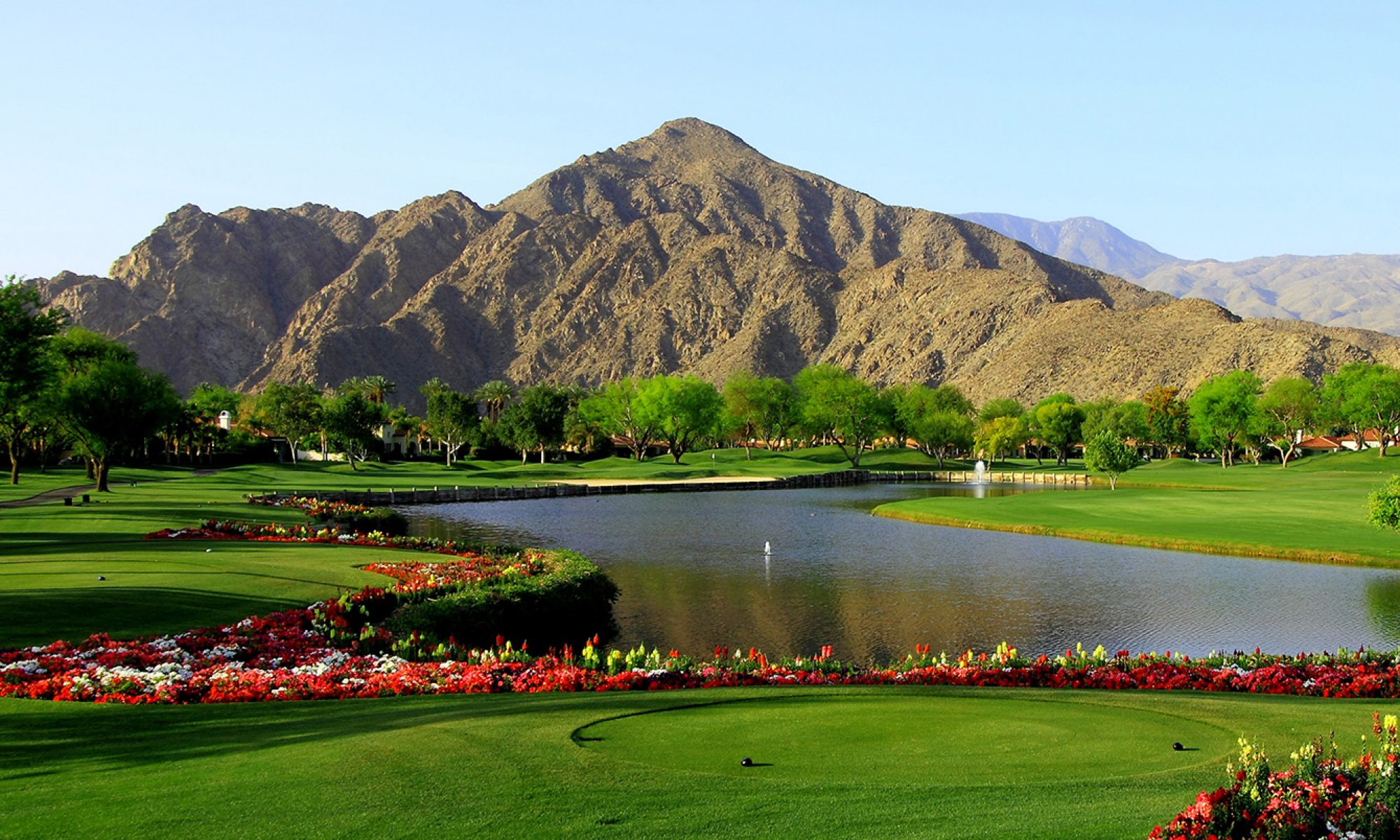You can’t get through the holiday season without enjoying Bing Crosby’s recording of White Christmas a few times. Various artists have put their stamp on the classic over the years, but none will ever touch Bing’s version.
You may know that there’s a major connection between Bing Crosby and the Palm Springs area – Rancho Mirage specifically – but did you know that there’s also a connection between the desert here and a white Christmas?
I’ll cover some of the highlights between the crooner and our area first and then make the white Christmas connection. (I have to hold you in suspense for at least a few moments!)

Bing had a wonderful estate in Rancho Mirage, just across the street from the Thunderbird Country Club. Bing’s love of golf is almost as famous as his silky smooth singing voice and he actually helped establish the Thunderbird Country Club.
Stay in Bing’s estate
His estate there is 6,700 square feet, five bedrooms and six baths. Visitors to our area can rent it today if they want to get a feel for his lifestyle. I also need to mention that the neighborhood where it’s located is Thunderbird Heights, which has been home to many celebrities over the years. In fact, Rancho Mirage itself is often called the “Playground of the Presidents” because of its rich history with First Families over the years.
But what about White Christmas? you ask. If you’re familiar with the geography of La Quinta and the Coachella Valley, you know that we back up to the San Jacinto Mountains. This year we got our first snowfall on the mountains in the week before Christmas. It’s not uncommon to get up on Christmas morning, look up to the mountains and see snow.
And if you, visiting children or grandchildren feel like waging a snowball fight, you can always buy a ticket, hop on the Palm Springs Aerial Tramway and take the ride to the top of the mountains. Is there any other place in the world where you can have breakfast outdoors under a palm tree and in less than an hour be hiking under snowy pine trees? I don’t think so.
White peaks, green fairways
And in the same way, where else can you have a snowball fight with your family and friends and an hour later be playing golf on beautiful green fairways? The combination of the climate and geography of Palm Springs, La Quinta, Indian Wells and the Coachella Valley is truly one of nature’s wonders.

You can really see how the desert meets the mountains when you download our free Golf Resource Guide. It lays out the valley floor with the location of all our great golf courses and the communities that surround them. Also included are guidelines for the price of homes as well as country club memberships.
If you want to walk the same fairways at the Thunderbird Country Club that Bing Crosby walked, you’ll find it on our map along with membership details. You’ll also see the great family of courses and communities at La Quinta Resort, including the Pete Dye designed La Quinta Resort Dunes Course, Mountain Course and Citrus Course.
Our guide to Palm Springs area golf clubs is an excellent way to start your search for real estate in La Quinta, Palm Desert, Indian Wells and the neighboring communities. And when you’re ready to delve a little deeper into property and homes, give us a call. We would love to help you find the ideal place for you and your family in our beautiful area.
[maxbutton id=”1″]








